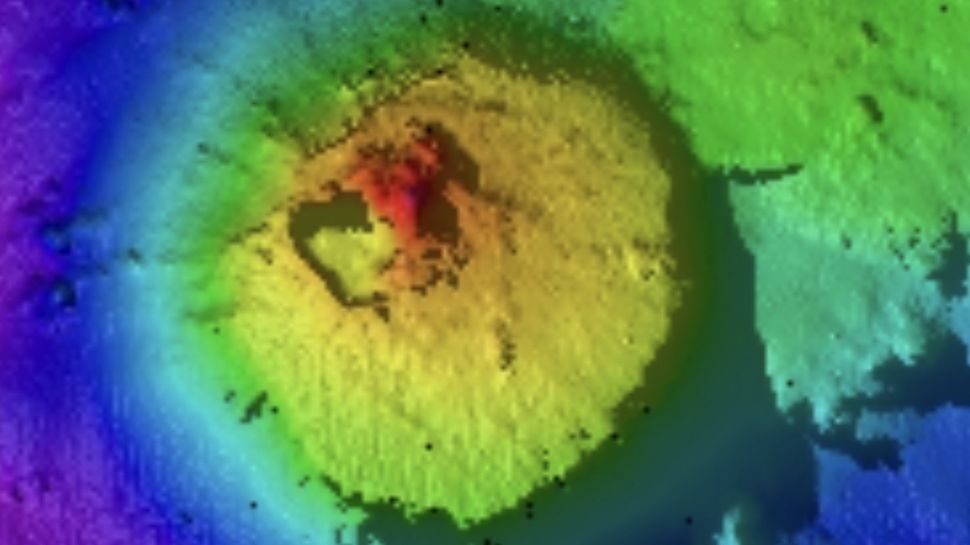
The detection is significant because the water, along with other molecules needed to form worlds like Earth, were found close to several massive, young stars that generate extreme ultraviolet radiation. Such extreme environments were previously thought to be unfit for the formation of rocky planets, but this new discovery suggests that Earth-like planets may be capable of forming in a wider range of cosmic environments than once thought.
The findings could also help scientists better understand how the planets of the solar system formed around 4.5 billion years ago. The research also represents the first results from JWST's eXtreme Ultraviolet Environments (XUE) program, which aims to characterize the environments and chemistry of huge spinning disks of dust, gas and rock that surround stars in their youth and eventually spawn planets, asteroids and comets.
"The JWST is the only telescope with the spatial resolution and sensitivity to study planet-forming disks in massive star-forming regions," team leader María Claudia Ramírez-Tannus, a scientist at the Max Planck Institute for Astronomy in Germany, said in a statement.












Comment: Independent researchers are attempting to forecast potential seismic events by taking into account cosmic energy inputs and modulators and their effect on quake activity; and, notably, even mainstream science is beginning to discover that there is indeed a correlation:
- Seismic signals from Space: Intriguing correlation between earthquakes and cosmic radiation discovered
- 'Goddess particle': Earth slammed by ultra-powerful cosmic ray, and we have no idea where it came from
One such independent researcher is Frank Hoogerbeets:Also check out SOTT radio's: